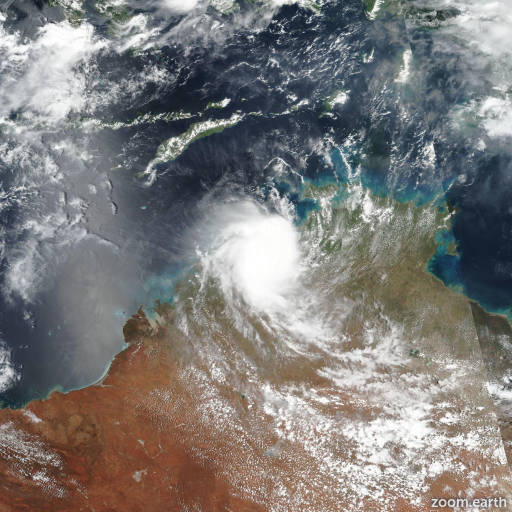Severe Tropical Cyclone Fina 2025-2026
Last Modified:

Satellite images, weather maps and tracks of Category 4 Tropical Cyclone Fina 2025-2026, 18 - 25 November. Max wind speed 200km/h.
Click on the map to add points. Double‑click to finish.
Tap on the map to add points.
Last Modified:

Satellite images, weather maps and tracks of Category 4 Tropical Cyclone Fina 2025-2026, 18 - 25 November. Max wind speed 200km/h.